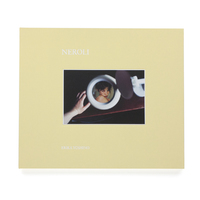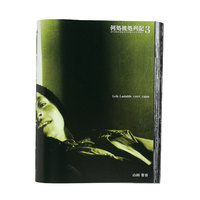Known Unknown
Does a portrait have to show the subject's face? After realising that she could not really recognise her past self as "herself" when looking at old photographs, Japanese photographer Iwauko Murakami set out to experiment with a new form of portraiture. In her series “Known Unknown,” Murakami photographed her subjects - 36 women around the same age as the artist - in their homes, workplaces and other places familiar to them. Although Murakami used a medium-format camera, the presence of which is difficult to ignore, her photographs appear to show the subjects in their natural state, doing housework, lounging, eating or doing other things. Despite - or perhaps because of - the lack of visible faces, the subjects in Murakami's photographs feel strangely familiar, almost intimate.
“We can see our entire body only in a mirror image or a photographic image. The person closest to you is yourself. Although one’s body is an entity under the person’s control, it is also oneself. The women in the photographs are expressing themselves – with their ambiguous, invisible bodies – to themselves, to me on the other side of the camera, and to invisible others, namely, the viewers of the photographs.”
― from Iwauko Murakami’s afterword
“Known Unknown” by Iwauko Murakami also includes a short essay by novelist Junko Takase (all text in Japanese & English).
- Book Size
- 250 × 210 mm
- Pages
- 68 pages, 38 images
- Binding
- Hardcover
- Publication Year
- 2024
- Language
- English, Japanese
- ISBN
- 978-4-908955-34-1





















